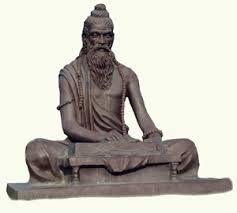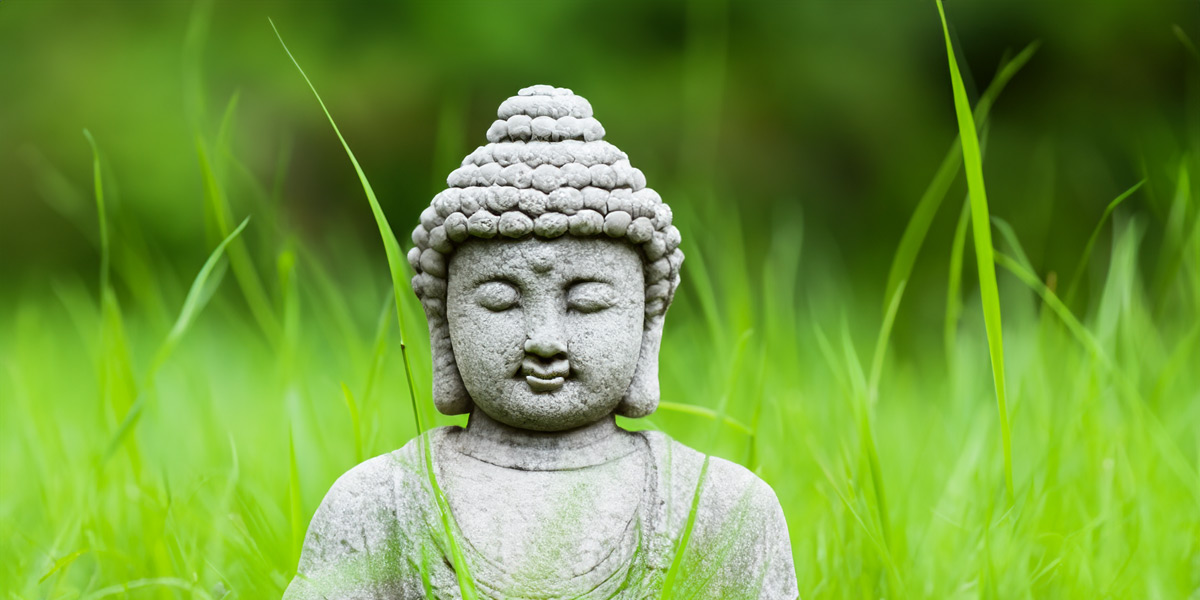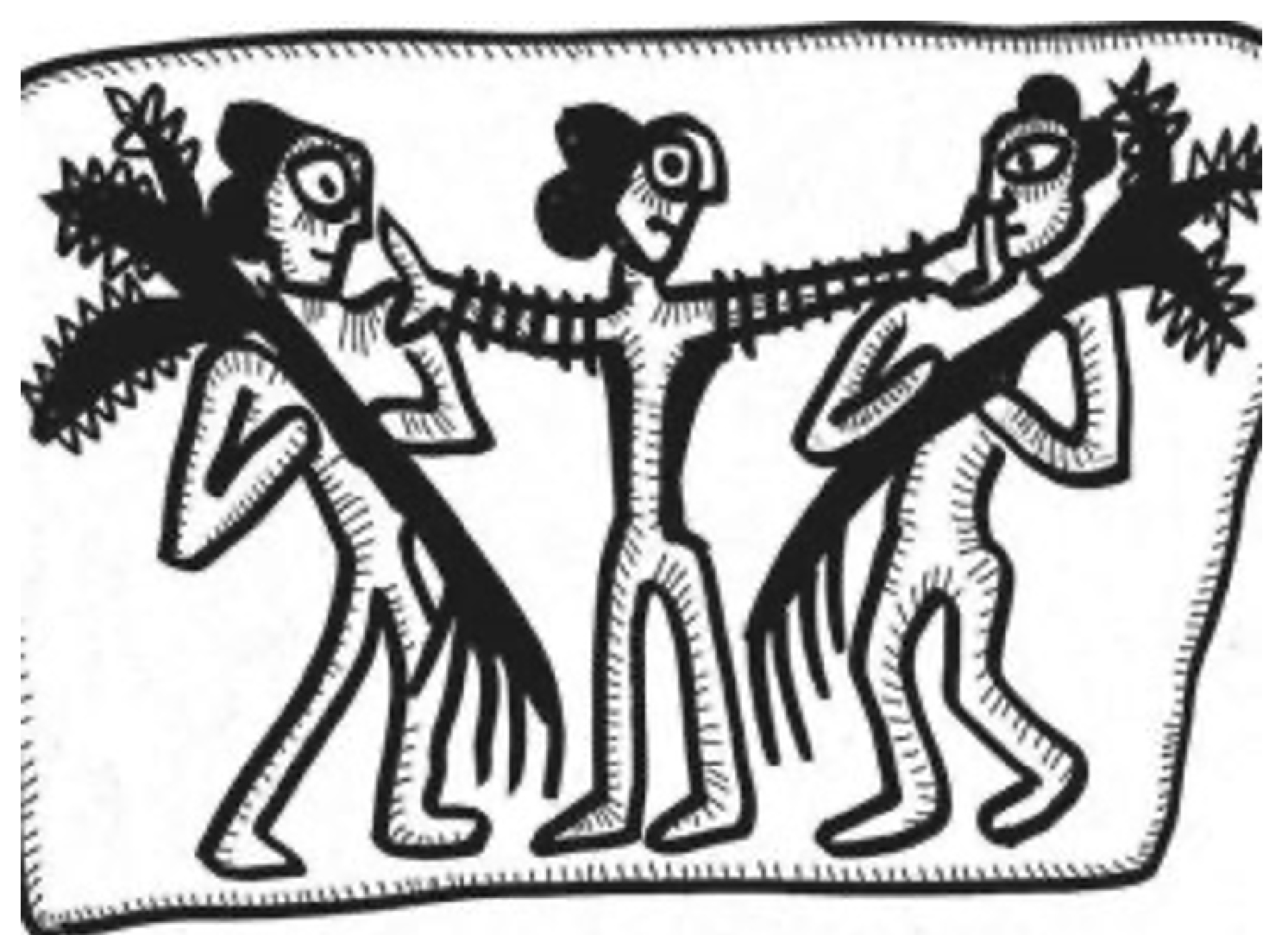
Our charity offers a traditional approach to the practice of Yoga, Meditation and Philosophy, promoting both inner peace and spiritual growth.
Contact Us
- 0791 8622 995
- enquiries@ealingyogamedpc.org.uk
- Quaker Meeting House, 17 Woodville Road, Ealing, London, W5 2SE











